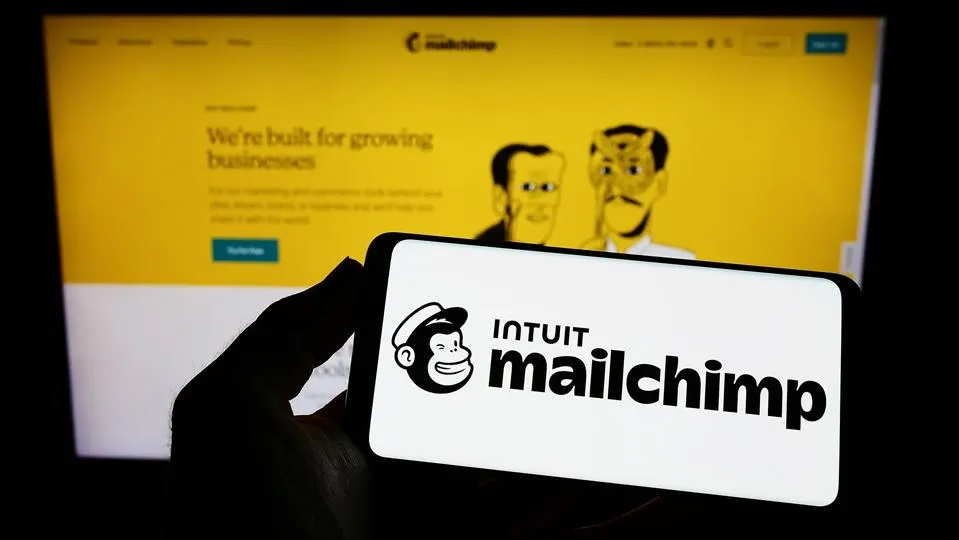How Do You Create Great Data Exploration Dashboards To Democratize Analytics?
2 July 2021
With all the data that’s created each day and the possibilities for making data-driven decisions in business, every company must have a way to present data to business users in a user-friendly and informative way.

In my experience, a lot of organizations get this wrong. In the pursuit of making data accessible to everyone, many organizations simply add a nice user interface on top of a huge data lake and consider the job done. Voila! They think this allows business users to find the data and analyze it in a self-serve environment.
In practice, I find that instead of empowering business users, this actually makes them feel threatened and overwhelmed. I often meet business users that don’t know exactly what data to use and how to use it.
You must do more than just provide decision-makers with access to data.
Provide a User-Friendly Buffet of Data Choices to Decision-Makers
Think of your data exploration dashboard like a self-service buffet restaurant.
Do buffet restaurants pile a bunch of raw ingredients into a massive trough without any order and then provide you with a fork to sort through the mess?
No. Rather they set up an orderly arrangement of starters, salads, and main courses where you can easily walk around the buffet to develop the dining experience you prefer. Some even have an omelet, prime rib, or other cooking stations to make it really easy for patrons to construct their own meals.
How can this buffet analogy apply to data exploration dashboards?
Think about the business questions the business users might need to have answered. For example, a marketing manager might want to understand what accounts are doing really well and what accounts are in danger of churning.
By doing some analysis of the data in advance of the business users accessing it, you guide business users to insights and help them find the data they need. This pre-defined analysis or these pre-defined questions make data more useful.
Self-Exploration is not useful for all your data
Another error many organizations make is not reporting their most strategic information in a meaningful way. While much time and energy go into selecting the appropriate data points and KPIs (Key Performance Indicators) for an organization and then tracking data and numbers, the insights are often lost when the communication is simply based on self-service analytics. When reporting your most strategic insights, it’s important that it’s done in a way that allows decision-makers to easily understand the key insights.
The most effective way to communicate performance is by using numbers, tables, and charts as well as words to put the performance in context. Organizations that carefully curate KPI dashboards are the ones who use data and KPIs effectively.
To be sure data isn’t lost in translation, subject matter experts should carefully curate the data points and the insights that data delivers to share with execs. Consider this step like a fine dining experience. When you enjoy an outing to a fine dining establishment, the entire experience is curated from the ingredients selected to the entrees and accompaniments to how everything is presented on the plate.
Apply this fine-dining thinking to your KPI dashboard. Instead of giving execs all the data that’s gathered, showcase and focus decision-makers’ attention on the data that matters. This should be the data that helps business users understand progress toward a strategic objective and the insights execs need to make data-informed decisions.
The most effective KPI dashboards use a combination of words, numbers, and visuals to communicate key messages and progress toward achieving strategic objectives. Unfortunately, when insights aren’t communicated, disaster can result.
When NASA was developing the space shuttle Challenger, there were some engineers who had grave concerns about the O-rings used. While the data was communicated to decision-makers, the insight about the potential failure of the O-ring was lost in translation. As you know, this was more than a communication failure; it was catastrophic.
Don’t report data and fail to report insights to decision-makers. Ensure understanding by decision-makers by carefully curating your KPI dashboards. To learn more about how to do so, please check out my YouTube channel.
It’s important to lead business users to the data that they will find the most useful instead of providing access to all data and expecting them to uncover what they need. When reporting KPIs, also be sure that your organization curates the data and insights and presents them to decision-makers through the use of a KPI dashboard that uses visuals, words, and numbers to communicate.
Where to go from here
If you would like to know more about , check out my articles on:
- Are Alexa And Siri Considered AI?
- How To Put AI Into A Business To Accelerate Performance?
- What Is The Impact Of Artificial Intelligence (AI) On Society?
Or browse the Artificial Intelligence & Machine Learning library to find the metrics that matter most to you.
Related Articles
How Generative AI Will Change The Job Of Real Estate Agents
Real estate agents and other professionals in their industry are in the business of selling good old-fashioned solid bricks and mortar.[...]
How BCG Is Revolutionizing Consulting With AI: A Case Study
In a world where AI is transforming every sector, companies are constantly seeking ways to gain a competitive edge.[...]
The Biggest Education Trends Of The Next 10 Years
Education is changing rapidly. In today’s fast-moving world, a model where we graduate in our youth prepared for a lifelong career is simply no longer valid.[...]
Is This AI’s IPhone Moment?
Today, the term “iPhone moment” is frequently used to refer to a technology breaking through into the mainstream.[...]
AI Politicians: The Future Of Democracy Or A Threat To Freedom?
2024 is a big year for democracy, with over two billion of us voting in elections across the US, India, the EU, the UK and many other countries and territories.[...]
How Mailchimp Hopes To Build The End-To-End AI Solution For SMEs
I often write about AI's potential to transform any business. Yet, a question I frequently get from small businesses is, "Does that really include us?"[...]
Sign up to Stay in Touch!
Bernard Marr is a world-renowned futurist, influencer and thought leader in the fields of business and technology, with a passion for using technology for the good of humanity.
He is a best-selling author of over 20 books, writes a regular column for Forbes and advises and coaches many of the world’s best-known organisations.
He has a combined following of 4 million people across his social media channels and newsletters and was ranked by LinkedIn as one of the top 5 business influencers in the world.
Bernard’s latest book is ‘Generative AI in Practice’.










Social Media